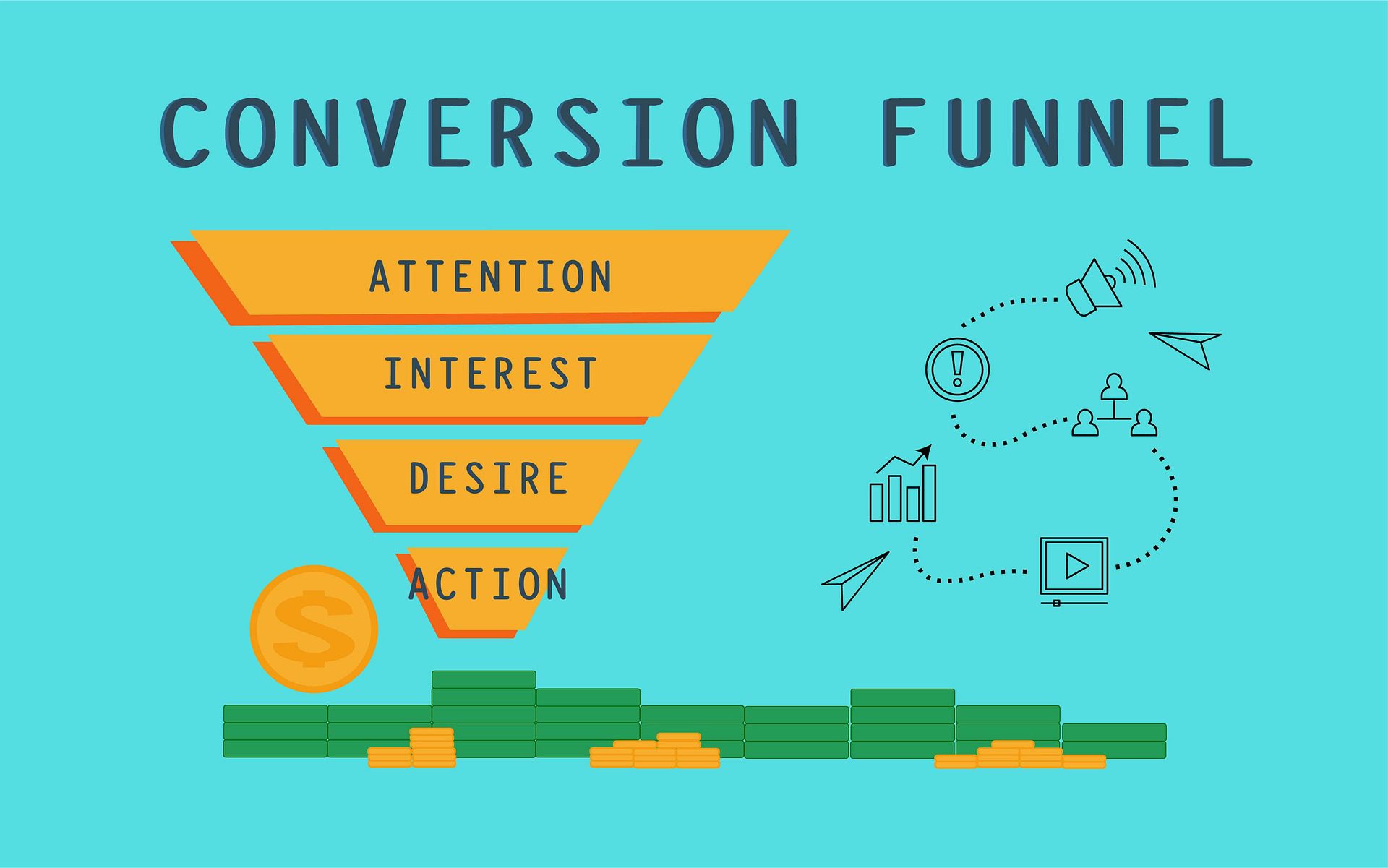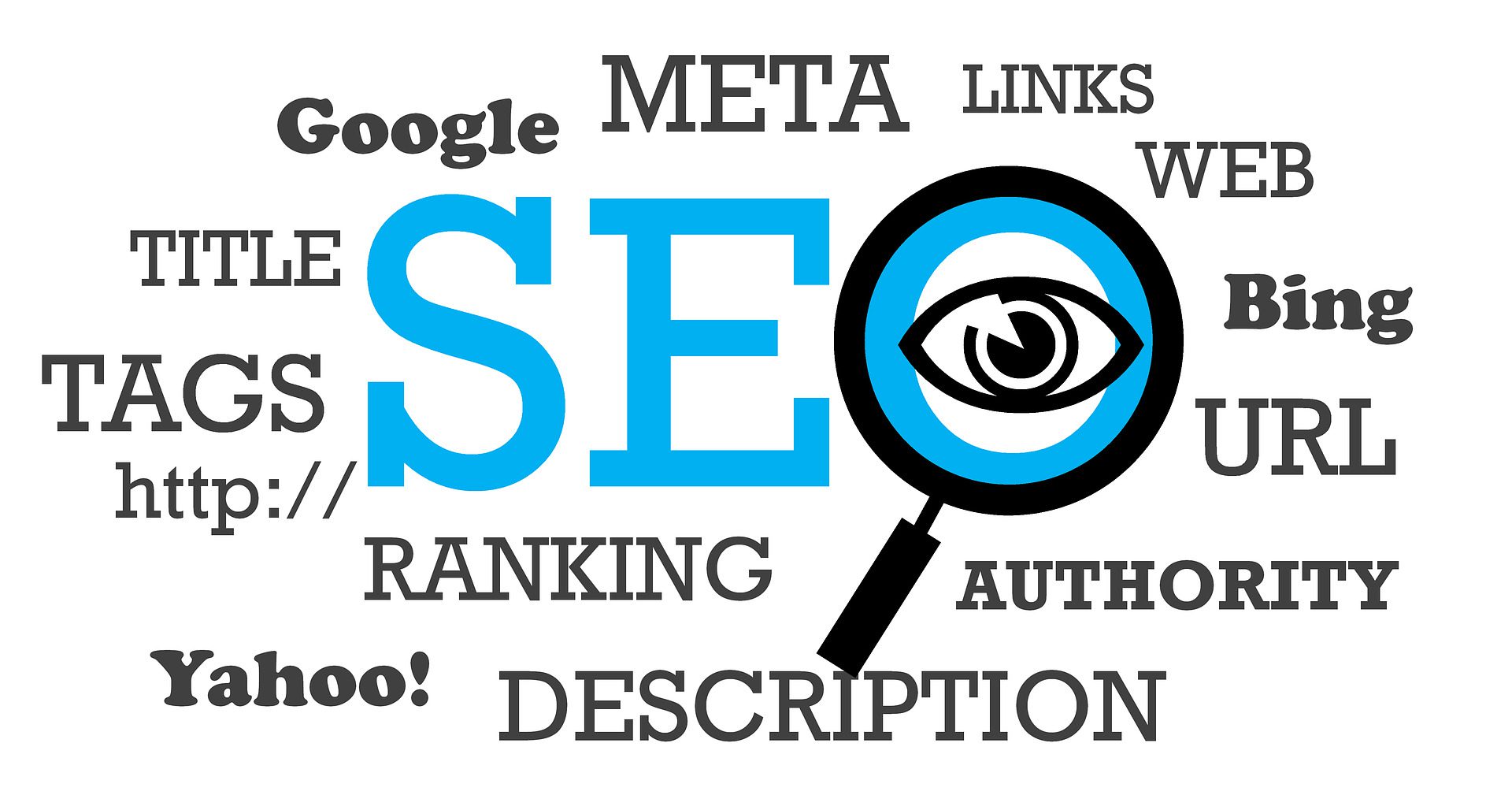Salespeople get a bad rep for one reason. They come across as pushy people with one aim: to sell. You may have had to deal with a number in your lifetime. The sales-pushing individuals talk about their products without knowing if they need them.
Indeed the same applies to cold calling. True, it is a sales technique that has been around for years. But it doesn’t make it any less annoying to receive those calls. Did you know the average success rate of cold calling is only 2%? On average, the salesperson has to make about eight calls to reach a prospect.
But now, marketers and, indeed, salespeople have a way of turning things around. And the solution is in demand generation marketing. Effective implementation of the strategies means the customers will come knocking. The sales team does not have to spend days chasing them.
Sounds interesting, right? Well, continue to read on for some practical demand-generation tips and strategies.
Understanding Demand Generation
Picture source: Pixabay
The majority of customers are pretty simple in their purchasing habits. If they know the brand, they will buy it. You grew up seeing your parents use particular products or services. As an adult, you gravitated towards the same.
That is why you walk straight to a particular aisle when shopping. You know precisely which soap, cooking oil, lotion, etc., to pick. And that understanding consumer buying behavior is the basis of demand generation.
Demand generation is about creating awareness and interest in a product or service. Indeed, that is the fundamental activity of the marketing department.
Why Demand Generation Marketing Works
So why should demand generation be an integral part of the marketing strategy? Well, the benefits are many, including:-
- The building of genuine relationships will get the business lifelong customers.
- Establishment of trust. Tactics like content generation are effective for establishing industry authority. Providing relevant, credible, solution-providing material creates credibility and trust among the audiences.
- Better quality leads due to the nurturing nature of the relationships.
- More revenue for the company because of a higher chance of converting leads.
Like lead generation, demand generation can be tough. If you don’t have in-house expertise, consider outsourcing the work to professionals. They will avail a specialized team to work on the strategies including:-
- Identifying and creating the customer persona
- Help in coming up with a unique value proposition
- Execute the demand generation tactics and provide necessary reports, etc.
Understanding Demand Generation in the Sales Funnel
Demand generation accompanies the customer at every touch point within the buying journey. So, if we look at the sales funnel, it will be:-
Top of the Funnel (TOFU)
TOFU is the knowledge-seeking phase. At this point, a customer needs a specific product or service. But, they are doing some research first, as is common with most shoppers.
Please note that the customer may not be ready to buy at this point. What they want is information. So you can use demand-generation tactics like informational videos or blog content.
Middle of the Funnel (MOFU)
MOFU is the interest phase. The potential customer liked what they saw in the TOFU. They are now looking for more information and may even be willing to engage with the sales team.
The customer will also be evaluating your products and comparing them to competitors. At this point, they are exhausting options and beginning to narrow down their choices. Now is the time to use eBooks, white papers, and even tutorials to continue to reel them in.
Bottom of the Funnel (BOFU)
The bottom of the funnel is the decision stage. The potential customer may need a little more convincing to choose you. Demand generation tactics to use are case studies, consultations, and live demos.
Beyond awareness and interest, demand generation also plays another critical role. And that is the nurturing of relationships. The teams stay in contact with the customer from the beginning of the journey to the very end. That is a recipe for loyal customers who will stay with the brand.
Differentiating Lead Generation from Demand Generation
Please note that there is a difference between demand generation and lead generation.
Demand generation is a subtle approach to getting customers to want your offering. The result is to create interest or demand. And that is why you aim to capture the customer at the TOFU or awareness-seeking stage.
Lead generation aims at collecting customer information and converting them into leads. It will happen at the MOFU or BOFU stage in the funnel.
Yet, there is an interplay of both concepts in the marketing strategy. The brand’s tactics can create demand, spark interest and generate leads.
Tips and Strategies for Demand Generation Marketing
Let us now look at some tips and strategies for demand generation marketing.
1. Define Your Value Proposition
Defining your value proposition is a tricky part of the process. It forces you to take an honest look at your brand. You must ask yourself one question, why should a customer buy from you and not the competitor? What is so special or unique about your offering? It could be an innovation, feature, or service.
2. Have Clarity on the Target Audience
Marketing 101 is pretty clear about starting with clarity on the target audience. You need to answer questions like:-
- Who do you want to talk to?
- What are their pain points?
- How can you provide a solution to the pain points?
- What media do they use? etc
How would you describe your ideal customer? It is vital to create a buyer persona for your brand. Please do the same, even if you’re doing B2B demand generation marketing.
3. Content Is Critical to Demand Generation Marketing
Content is one of the most critical components in demand generation marketing. With such tactics, you can generate interest in the product. There is also a chance to educate, showcase expertise, etc.
But you need to be strategic about the type of content you produce. Forget about quantity and instead focus on quality. Remember, we said the information should be relevant, solution-providing, and factual. And that is why the step above is critical. You can only provide quality content if you know/understand what the audiences need.
It is also critical that you learn how to communicate with the audience. Hard-sell marketing language can be a turn-off. Instead, focus on adding value to the readers.
Also, check what the competitors are doing with content creation. Then take a different, unique route.
4. Work On Your SEO Strategy
Picture source: Pixabay
Search engine optimization is critical, especially in the first stages of engagement. As we said, many customers will carry out research before buying. You want to ensure that you are visible in search engines.
So, besides quality content, be strategic about using the right keywords. With an understanding of the target audiences, you should know the words they use to search for info. Also, focus on other aspects like link building, search Intent, and competitor analysis.
5. Boost Authority with Case Studies
Case studies are fantastic for customers at the bottom of the funnel. They want to see that the product or service will have positive results. And what better way to convince them than to showcase success stories?
Case studies are also a way to establish industry authority. Couple this with eBooks, white papers, and some original results, and it gets better. They are compelling tools in B2B demand generation marketing.
B2B buyers do a lot of research before making a purchasing decision. Unlike a B2C transaction, there are many decision-makers. The best way to convince the team is by showcasing your authority in your niche.
6. Use Podcasts and Social Media to Reach Audiences
Podcasts are growing in popularity and offer a fantastic way to reach audiences. The informal conversational nature could be the reason why they work so well.
Take time to research exciting topics that resonate with the audiences. That way, you can be sure that they will keep tuning in. Also, explore subtle ways to introduce brand material without coming across as sales.
Social media is also excellent for demand generation. It works for early engagement and the final push into conversions. You get access to a broad audience base and can engage with and qualify prospects.
7. Email Marketing Works in Demand Generation Marketing
Don’t dismiss email marketing as an outdated tactic. Time and time again, it proves its value in marketing strategies.
Statistics show that:-
- For every $1 you spend on email marketing, the ROI is $42.
- 90% of marketers use email marketing to distribute content.
- 81% of small and medium businesses use email marketing for customer acquisition.
- 80% use it for customer retention.
Email Marketing is a fantastic demand-generation tool along the funnel. To achieve the greatest effectiveness, it is critical to personalize the emails. That increases the chances of potential customers opening them.
8. Throw In Some Free Products or Services
Have you heard of lead magnets? These are free products or services you give to potential customers. Look at some of the streaming services, for example. They will give you a free trial period during which you can try out their services.
Indeed lead magnets are fantastic for B2B demand generation marketing. Allowing a company to test your products or services can be a strong selling point. It may even be the differentiating point from your competitors.
Final Thoughts
Demand generation is a powerful marketing strategy. By creating demand and interest, customers will seek you out. The sales team can then spend their time converting leads into sales.
The nurturing nature of the relationships means you can build lifelong partnerships. The use of relevant content can be a boost to establishing your industry authority.































